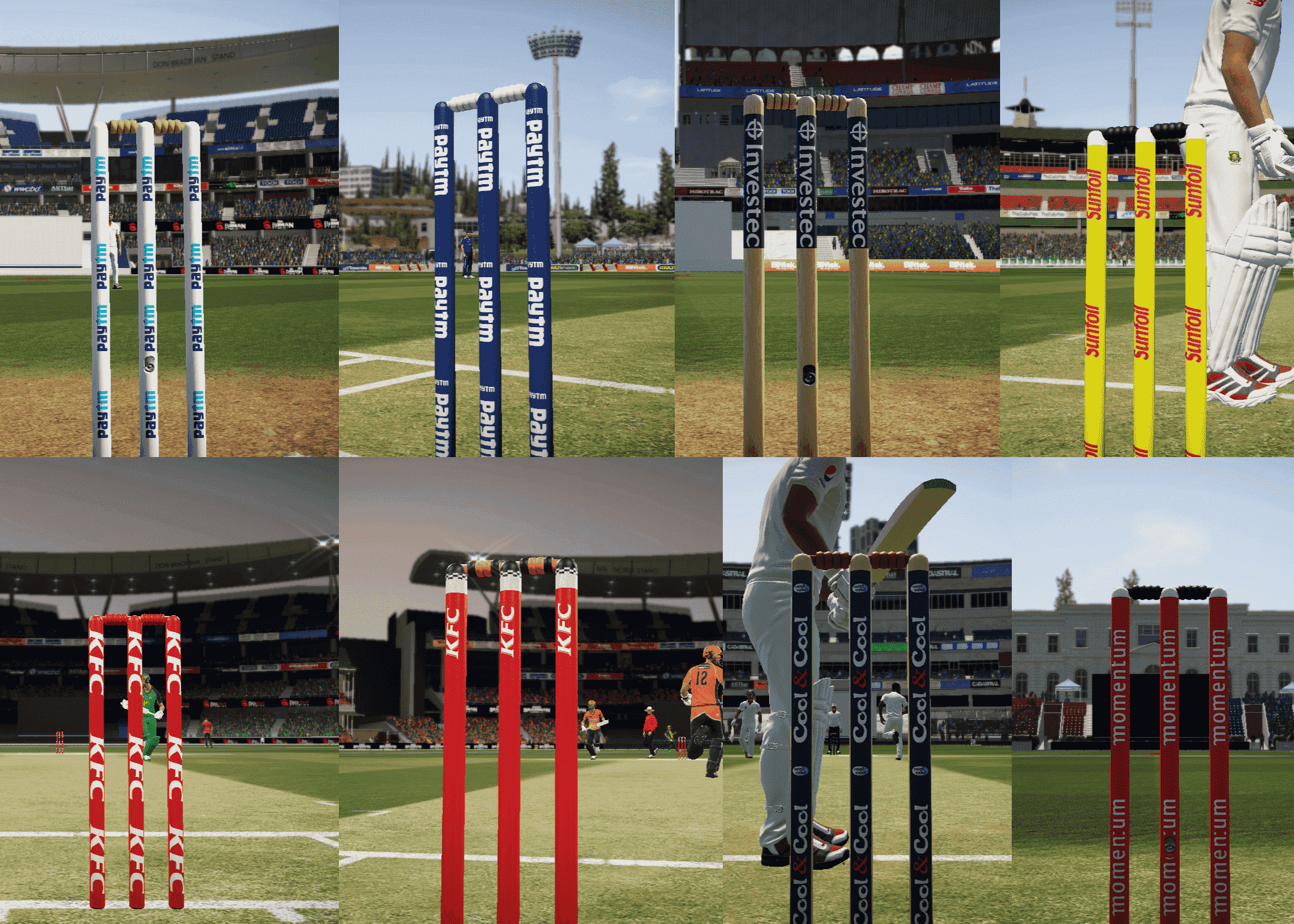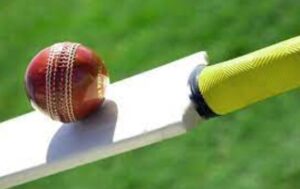Stumps Meaning in Cricket: What Every Newbie Needs to Know
When we think of cricket, one of the first things that comes to mind is the stumps—those three vertical sticks standing proudly behind the batsman. For newcomers to the sport, understanding the stumps meaning in cricket is essential, as they are crucial to the game. In this guide, we’ll break down everything you need to know about stumps, their purpose, and their significance in cricket.
What Are Cricket Stumps?
The stumps are an integral part of the cricket pitch. These are three wooden posts, usually made of willow or ash, standing vertically at each end of the pitch. Together with the bails (small pieces of wood that sit on top of the stumps), they form the wicket.
The stumps are positioned in a straight line, and their primary role is to help the bowler dismiss the batsman. Their alignment is crucial for a fair game, with exact measurements regulated by the sport’s governing bodies.
Dimensions and Specifications of Stumps
To give you an idea of the precise dimensions, the standard height of the stumps is 28 inches (71.1 cm), while the total width of the three stumps is 9 inches (22.86 cm). Each stump is typically 1.375 inches (3.49 cm) in diameter.
The three stumps are named individually:
- Off stump (the stump farthest from the batsman)
- Middle stump (the stump in the center)
- Leg stump (the stump closest to the batsman)
Material Used in Stumps
Traditionally, stumps are made from high-quality wood. However, with the advancement of technology, LED stumps have been introduced in international matches. These stumps light up when the bails are dislodged, providing clear visual evidence of a dismissal.
The Role of Stumps in Dismissals
In cricket, the stumps play a critical role in determining whether a batsman is out or not out. There are several ways the stumps can come into play:
Bowled
When the bowler delivers the ball, the main objective is to strike the stumps and dislodge the bails. If the ball hits the stumps directly and the bails fall off, the batsman is declared bowled.
Run-Out
In a run-out, if the fielder throws the ball and hits the stumps while the batsman is outside their crease, the batsman can be dismissed. This is where the speed of dislodging the bails becomes crucial.
Stumping
During a stumping, the wicketkeeper removes the bails with the batsman out of their crease after missing the ball. This dismissal usually happens when a batsman attempts a shot and loses balance.
Hit-Wicket
If a batsman accidentally strikes the stumps with their bat or body during their play, they are given out hit-wicket.
Importance of Stumps in Cricket Strategy
For bowlers, the stumps serve as a visual target. Fast bowlers often aim for the top of off-stump, a tactic designed to challenge the batsman’s skill. Spin bowlers, on the other hand, try to deceive the batsman by making the ball deviate from its path, aiming to get the batsman out by hitting the stumps.
Understanding the placement of stumps is also crucial for fielders. The fielders work in coordination with the bowler and wicketkeeper to defend the stumps, aiming to catch the batsman off guard.
Strategic Placement of Bails
While the stumps are essential, the bails play an equally important role in determining dismissals. Bails are placed delicately on top of the stumps and are dislodged even with the slightest impact. When LED bails are used, they flash instantly when dislodged, giving umpires a clear signal.
Innovations in Stumps Technology
Cricket has always embraced technology, and stumps are no exception. One of the most recent developments is the introduction of Zing bails. These specially designed bails light up when dislodged, ensuring that the dismissal is visible not just to umpires but also to spectators and TV audiences. The stumps and bails are equipped with micro-sensors that detect even the smallest movements.
While traditional stumps were purely functional, modern stumps contribute to making the game more exciting and transparent. Their technological upgrades help minimize umpiring errors, especially in high-stakes matches.
Stumps in Popular Culture
Stumps, though small in size, carry significant symbolic weight. From kids playing cricket in alleys using makeshift stumps to professional matches being won by hitting them, stumps have become an iconic part of the game. They are even used as trophies and souvenirs in many parts of the world.
In addition, stumps are often autographed by teams and presented as mementos after special matches. Stumps broken by a fast bowler or smashed in a thrilling dismissal hold immense value in cricket memorabilia.
How to Set Up Stumps for Your Cricket Game
Setting up stumps is one of the first things cricketers do before starting a match. Here’s a step-by-step guide to ensure proper setup:
- Position the stumps: Ensure the stumps are placed at each end of the 22-yard pitch, centered on the popping crease.
- Align the bails: Place the bails carefully on top of the stumps. They should be positioned so that even a slight touch can dislodge them.
- Check the distance: Ensure the distance between the stumps is exactly 9 inches. This width is crucial for fair play, allowing both the bowler and batsman a balanced challenge.
- Secure the stumps: Ensure the stumps are firmly planted into the ground, especially if playing on uneven surfaces like dirt or grass. This ensures the game proceeds smoothly.
FAQs about Cricket Stumps
What are the stumps made of in cricket?
Traditionally, stumps are made from wood, specifically willow or ash. However, modern stumps, particularly in international cricket, can also be fitted with LED lights for better visibility during dismissals.
How tall are cricket stumps?
Cricket stumps are 28 inches tall (71.1 cm).
What are the three stumps in cricket called?
The three stumps are called the off stump, middle stump, and leg stump. Each has a specific position and role during the game.
What happens if the stumps are knocked over during a delivery?
If the bowler’s delivery hits the stumps and dislodges the bails, the batsman is declared out (bowled). This is one of the most common ways to dismiss a batsman.
Can a batsman be out without the bails falling?
Yes, in very rare cases, a batsman can be dismissed even if the bails do not fall. If the stumps are broken in such a way that the bails remain in place, the batsman can still be out if the ball hits the stumps directly.
Conclusion
Stumps play an essential role in cricket, not just as part of the equipment but as a critical factor in dismissals and strategy. Their significance in both traditional and modern cricket cannot be overstated. From guiding bowlers to determining crucial game moments, understanding the stumps can enhance anyone’s knowledge of the sport.












Post Comment